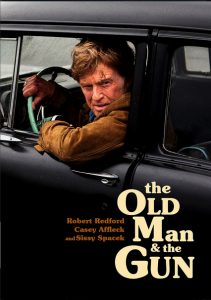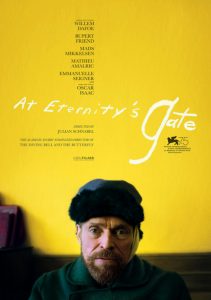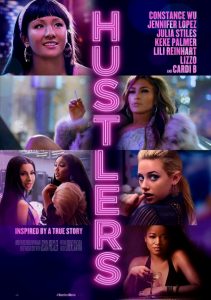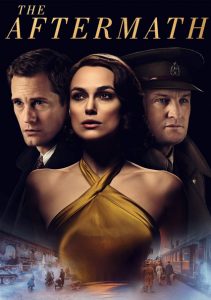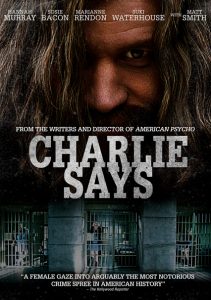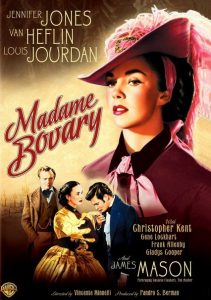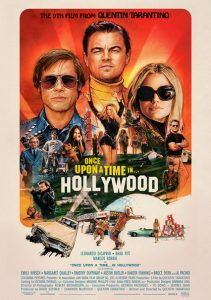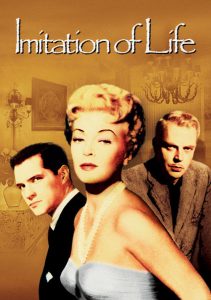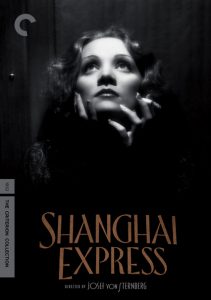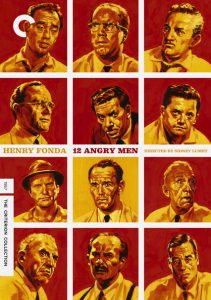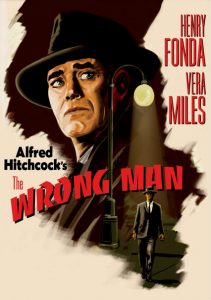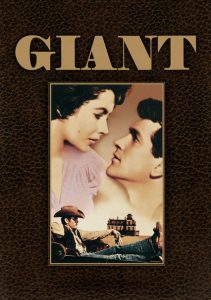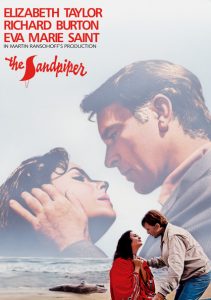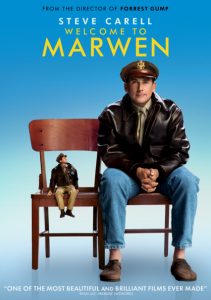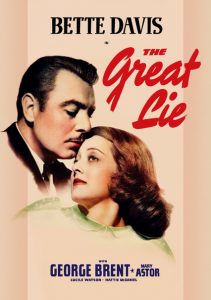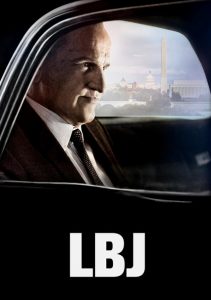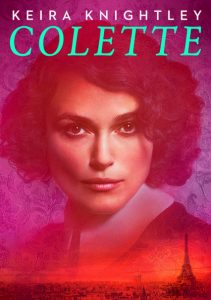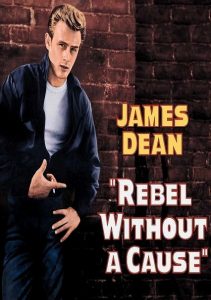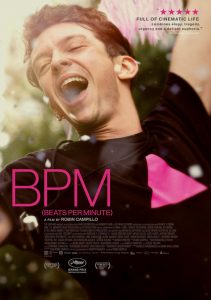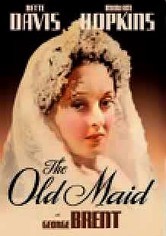Judy-2019
Director-Rupert Goold
Starring-Renee Zellweger
Scott’s Review #946
Reviewed October 14, 2019
Grade: A
Creating a film about an iconic figure such as Judy Garland is assuredly a difficult task. Casting the role is an even tougher one.
Both points come together with perfect symmetry as director Rupert Goold provides Judy (2019) with heart, hope, and a sense of sadness. Rene Zellweger is astounding in the title role as she embodies the character.
The film is great and an accurate telling of the real-life person.
The period is 1967, and we meet the adult Judy Garland (Zellwegger) well after midnight, having performed with her two young children in tow. Haggard, they are told by the Los Angeles hotel staff that their room has been given up due to lack of payment.
The American singer and actress are broke due to bad marriages, drugs, and alcohol. The star is forced to return to her ex-husband for shelter. The two quibble about the children.
The film does not focus solely on the late 1960s and the final years of Garland’s life but also delves back to her debut as Dorothy in The Wizard of Oz (1939).
The pressures put upon the aspiring actress to perform, lose weight, and keep her energy up are shown in savage fury, so that the audience realizes how the young girl turned into a boozy, unreliable middle-aged woman. Hollywood ruined her innocence.
Zellweger is beyond brilliant. Having disappeared from the spotlight for several years, the actress is back with a vengeance having something to prove. Prove she does as she becomes Judy Garland.
From her small but expression-filled eyes to her nervous movements and pursing lips, she gives a flawless performance and has been rewarded with praise across the board. It is a remarkable portrayal that should go down in the history books.
Much of the film takes place in London as Garland is forced, for financial reasons, to agree to a series of concerts to bring in cash. This necessitates leaving her children behind.
A wonderful scene takes place in a phone booth as Judy comes to the heartbreaking conclusion that her children would prefer the stability of living with their father. Though she understands, the star crumbles in sadness and loneliness.
A treat is the showcasing of Garland’s compassion for others deemed outcasts, as she also was. Gravitating towards gay men she spots one gay couple in the audience night after night and befriends them as they eagerly await her exit from the theater one night.
She suggests dinner and the dumbfounded couple clumsily searches for a restaurant open that late, finally offering to make her scrambled eggs at their flat.
Things go awry but it hardly matters in a heartfelt scene that exposes the prejudices same-sex couples faced as recent as the 1960s and the champion Garland was to the LGBTQ community.
The iconic “Over the Rainbow” is featured late in the film and perfectly placed. Judy ends her touring engagement due to hecklers but returns for a final night on stage where she asks to perform one last song.
She breaks down while singing “Over the Rainbow” but recovers with the encouragement of supportive fans and can complete the performance.
Judy asks, “You won’t forget me, will you?” She does not live long thereafter and dies in the summer of 1969. The scene is painful and not a dry eye is left in the house.
Judy (2019) is a wonderful tribute to the life and times of a Hollywood legend. The film is not a complete downer nor is it cheerful.
What the filmmakers do is make clear that Garland always had hope and hope for a better life and for the happiness that alluded her. She was kind to most and loved her children beyond measure.
Zellweger will likely eat up a plethora of awards throughout the season, as she should.
Oscar Nominations: Best Actress-Renee Zellweger (won), Best Makeup and Hairstyling
Independent Spirit Award Nominations: Best Female Lead-Renee Zellweger (won)

